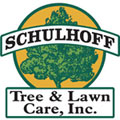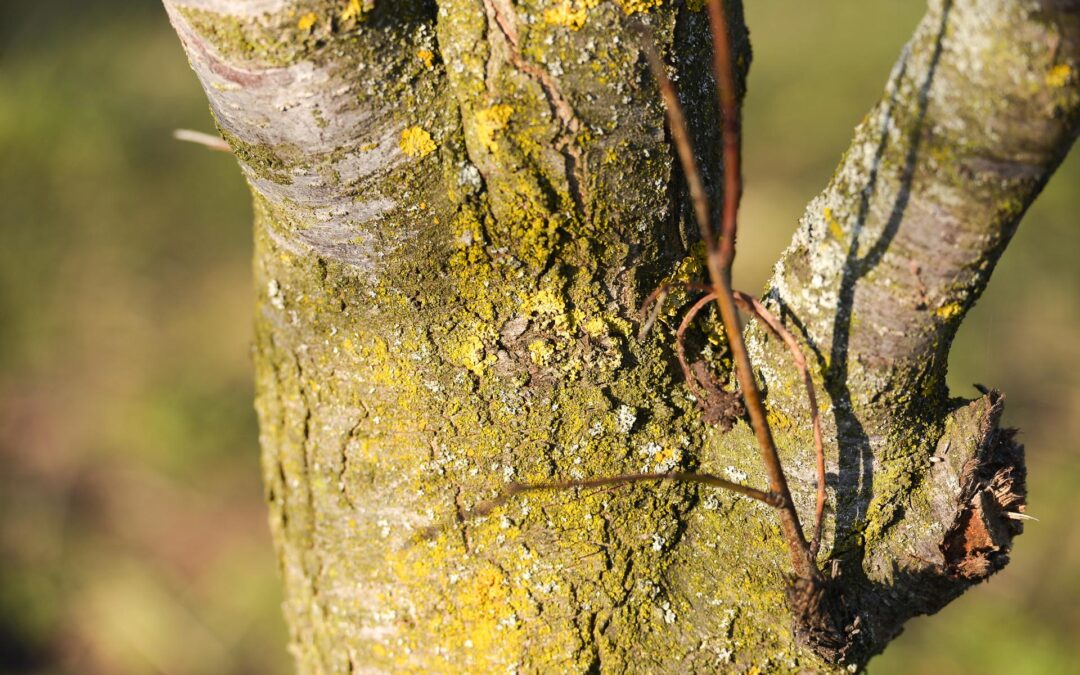The emerald ash borer (EAB) is an invasive insect pest that made its first appearance in Colorado nearly a decade ago. All ash trees are at risk, but trunk injections provide a viable treatment option that can help save the beloved ash trees on your property.
Treatment Viability
Injection treatments aren’t recommended for all ash trees. There are specific situations where injections are the best treatment option, which your tree service can help you determine.
Risk Factors
Generally, treatment is only recommended once an ash tree is at immediate risk of infestation. If EAB has been found within approximately 10 miles of your home, for example, then your ash trees are at high risk and treatments should begin as soon as possible.
Further, trees are only at risk when the insects are actively flying and laying eggs, which occurs from late spring through early fall. Treating in winter, for example, would do little good as it’s unlikely that there would be any new EAB activity.
Value Assessment
Treating an ash tree is a long-term commitment, so it makes sense to consider the overall value of the tree to your home landscaping. Trees that are already in poor health due to age or other issues, or those that have suffered damages over the years that result in a poor growth form, may not be worth the effort and cost of ongoing EAB treatments.
Maintenance Considerations
Most injection treatments require annual reapplication in order to remain effective. These treatments will require an investment of time and money that may persist for the life of the tree. You must determine whether saving the tree is worth the expenses of these ongoing maintenance considerations.
Injection Basics
Although there are products marketed directly to the homeowner, the most effective EAB injection products are best left to professional use.
Suitability
Injection can be used prior to an EAB infestation, but there are also situations where an already infested tree can be saved with injections applied at the right time. The crown of a tree begins to thin under the duress of an infestation, but the tree is likely to recover if no more than 30 percent of the crown has been lost to the pest. You can attempt to save a tree with more extensive damage, but success is much less likely.
Options
There are a variety of injection pesticides on the market, with each varying in effectiveness. This in part depends on timing of application and whether the tree is already suffering from an EAB infestation.
Application Basics
Just as the name implies, trunk injections entail the injection of a specific pesticide into the trunk of the tree. Pesticides such as Emamectin benzoate are loaded into specialized injector guns. One or more of these injectors are inserted into the trunk wood, usually near the base.
The pesticide is released into the layer of wood in the trunk where the EAB larvae hatches and bores, thus killing the pests upon contact. Injections are best applied when the pests are most active, typically in the summer months.
Follow Up Concerns
There are no “once and done” treatment methods for EAB. To continue to ward off infection, follow up care is a necessity.
Ongoing Treatments
The frequency of treatment applications primarily depends upon the type of injection used. It can also be impacted on whether EAB activity remains an ongoing concern in your area. For example, Emamectin benzoate can remain effective for two to three years, while the pesticide Azadirachtin requires a follow up injection at a one year interval. Your tree service may also recommend more frequent injections if EAB pressure is especially high in your area.
Monitoring
Monitoring for EAB activity is an ongoing necessity if you have trees that have been affected by EAB or if EAB is active in your region. Symptoms of EAB include crown thinning, bark splitting, and increased woodpecker activity in the tree. Bark may also flake off the trunk, revealing D-shaped holes or S-shaped feeding tunnels. Your tree service may also put out traps to monitor for the adult EABs during the period when they are flying and laying eggs.
Removal
Unfortunately, the time may come when the tree must be removed. Trees that don’t respond well to injection treatment, or those that suffer other health issues that necessitate removal, must be taken down with care to avoid spreading EAB.
The wood from removal should not be transported beyond the local area, if at all possible, and some municipalities may have specific drop-off locations set up for EAB infested trees. Do not have the tree chipped so that the mulch can be used in your yard, as this may do little more than spread the pests around.
Contact Schulhoff Tree & Lawn Care, Inc. to learn more about injections and other EAB treatment options.

